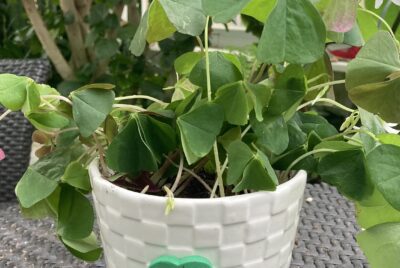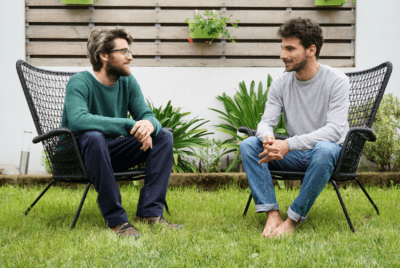RESEARCH
Stress of Brain Mapping in Elderly People Before and after Giving Horticultural Therapy in Planting Flowers
Summary
This study was designed as a quasy-experimental investigation utilizing a pre-post-test control group design to analyze the differences in brain wave patterns related to stress in elderly people before and after receiving horticultural therapy. Recognizing that stress is a common and impactful reality in daily life, including for the elderly, and that it can be reflected in human brain activity, the researchers proposed horticultural therapy, which uses plants as a therapeutic tool, as an alternative method for handling stress. An important aspect highlighted is that research specifically linking horticultural therapy with brain activity measurement like EEG in Indonesia was rare, presenting a significant opportunity for this study.
The research involved a sample of 14 elderly individuals from Batu City, Indonesia, selected via purposive sampling and divided equally into a treatment group (n=7) receiving horticultural therapy and a control group (n=7). The intervention involved daily activities of planting and caring for flower plants over a period of approximately one month, carried out with the researcher’s direction. Stress levels were assessed using Quantitative Electroencephalogram (QEEG), also known as “brain mapping,” which provides detailed data and analysis of brain waves. Data from the QEEG examinations were processed descriptively and interpreted narratively by a mental health specialist. Notably, while the study population was described as elderly, the majority of the respondents included in the findings were in the 45-59 year old age group.







